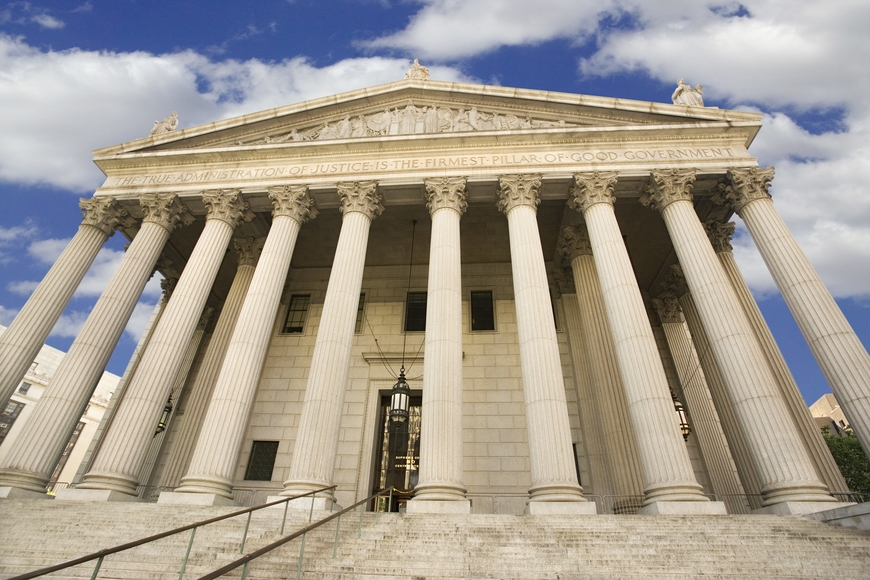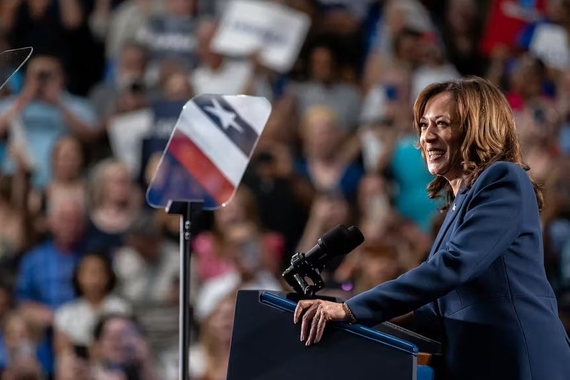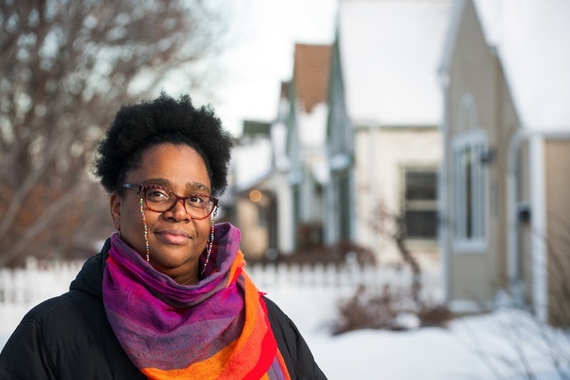Unraveling the Shift
Last week, the Supreme Court ruled against affirmative action in college admissions, marking a significant shift in race-conscious admissions plans. But to fully grasp the implications of this decision, we need to understand the specific cases brought before the court and the history of affirmative action policies. Political Science professor, and Supreme Court scholar, Timothy R. Johnson shares his insights.
What were the issues in the case before the Supreme Court?
The cases are quite similar but slightly different because Harvard is a private school and UNC (University of North Carolina) is a public university. In the Harvard Case, Students for Fair Admissions (SFFA) alleged that Harvard’s admissions process violates Title VI of the Civil Rights Act of 1964 by discriminating against Asian American applicants in favor of white applicants. Harvard admits that it uses race as one of many factors in its admissions process but argues that its process adheres to the requirements for race-based admissions outlined in the Supreme Court’s decision in Grutter v. Bollinger. In the UNC case, SFFA alleged that UNC’s process violates the Fourteenth Amendment by using race as a factor in admissions. Like Harvard, UNC admits it uses race as one of many factors in its admissions process but argues that its process adheres to the requirements for race-based admissions outlined in the Supreme Court’s decision in Grutter v. Bollinger.
Can you tell us about the history of affirmative action? When did it start, how effective has it been?
This question has taken up scores of books and thousands of pages of journal space in decades past. But here is a nutshell account. Affirmative action stemmed from the Civil Rights Movement and initially focused on employment law. To be very specific, these words were used for the first time when, in 1961, President Kennedy created the Committee on Equal Employment Opportunity. A committee member, Hobart Taylor Jr. wrote the phrase in the margins of a draft of an executive order focused on taking “affirmative action to encourage employers to hire minority candidates.”
Both Lyndon Johnson and Richard Nixon also wrote executive orders meant to end race discrimination in hiring. Johnson's 1966 order told contractors to, "take affirmative action to ensure that applicants are employed and that employees are treated during employment, without regard to their race, color, religion, sex, or national origin." Similarly, Nixon's order, issued in 1969, said affirmative action would be used in government employment.
Then the Supreme Court came into play. It first took up Affirmative Action in the context of college admissions when it heard arguments in DeFunis v Odegaard (1971). But the Court simply decided the case based on a technicality even after DeFunis claimed he lost his seat at the University of Washington Law School due to its affirmative action policy.
Then, in 1978 the Court decided Regents of the U of California v. Bakke. Here, the justices ruled that using rigid racial quotas during the college admissions process violates the Equal Protection Clause of the Fourteenth Amendment. However, they also argued that use of “race as a criterion in admissions decisions in higher education” was constitutionally permissible.
While it decided other cases in the interim, it was not until Grutter v. Bollinger (2003) that the Court reaffirmed the argument that colleges may consider race as part of a "holistic review" of applications but minority applicants. Four years later, the Court prohibited public schools from using race as a "tiebreaker" when deciding between applicants.
Court watchers believed the Court would end affirmative action in Fisher v. University of Texas (2016). In this case, Abigail Fisher challenged the University of Texas policy of taking race into consideration when an applicant wasn't in the top 10 percent of their graduating class. Fisher claimed the policy discriminated against white students. In a narrow ruling, the justices reiterated that schools may consider race in admissions as one part of a broader affirmative action plan to promote campus diversity.
How effective has Affirmative Action been?
It is unclear how effective affirmative action has been for college admissions. But I can point you to one study (Long et al. 2020) that examined 19 public universities in states that banned Affirmative Action during the 1990s. The authors found that the number of Black, Hispanic, and Native American students enrolled at the nine surveyed flagship universities was 11.2 percentage points lower than the share of high school graduates from these demographic groups in the states where the schools are located. This gap rose to 13.9 percentage points immediately after the ban and rose to 14.3 percentage points in 2015.
What will be the implications for higher education?
The key implication is that race can no longer be used in college admissions decisions. While these cases do not implicate employment and workplace diversity those issues are sure to percolate up through the federal court system in the coming years. For now, admissions offices, in both public and private universities, will have to recalibrate how they admit students.

Timothy R. Johnson is Horace T. Morse Distinguished Professor of Political Science and Law. Over his 24 year career, he has published several books, including Oral Arguments and Coalition Formation on the U.S. Supreme Court, A Good Quarrel, Oral Arguments and Decision Making on the U.S. Supreme Court, and The Logic of American Politics (11th edition).
His research also appears in a variety of academic journals including the American Political Science Review, the Journal of Politics, and the Law and Society Review. Along with legal and political commentary his work has been covered by The Economist, The Guardian, The New York Times, The Washington Post, The Wall Street Journal, NPR, C-SPAN, Slate, USA Today, ABC, and CNN.



